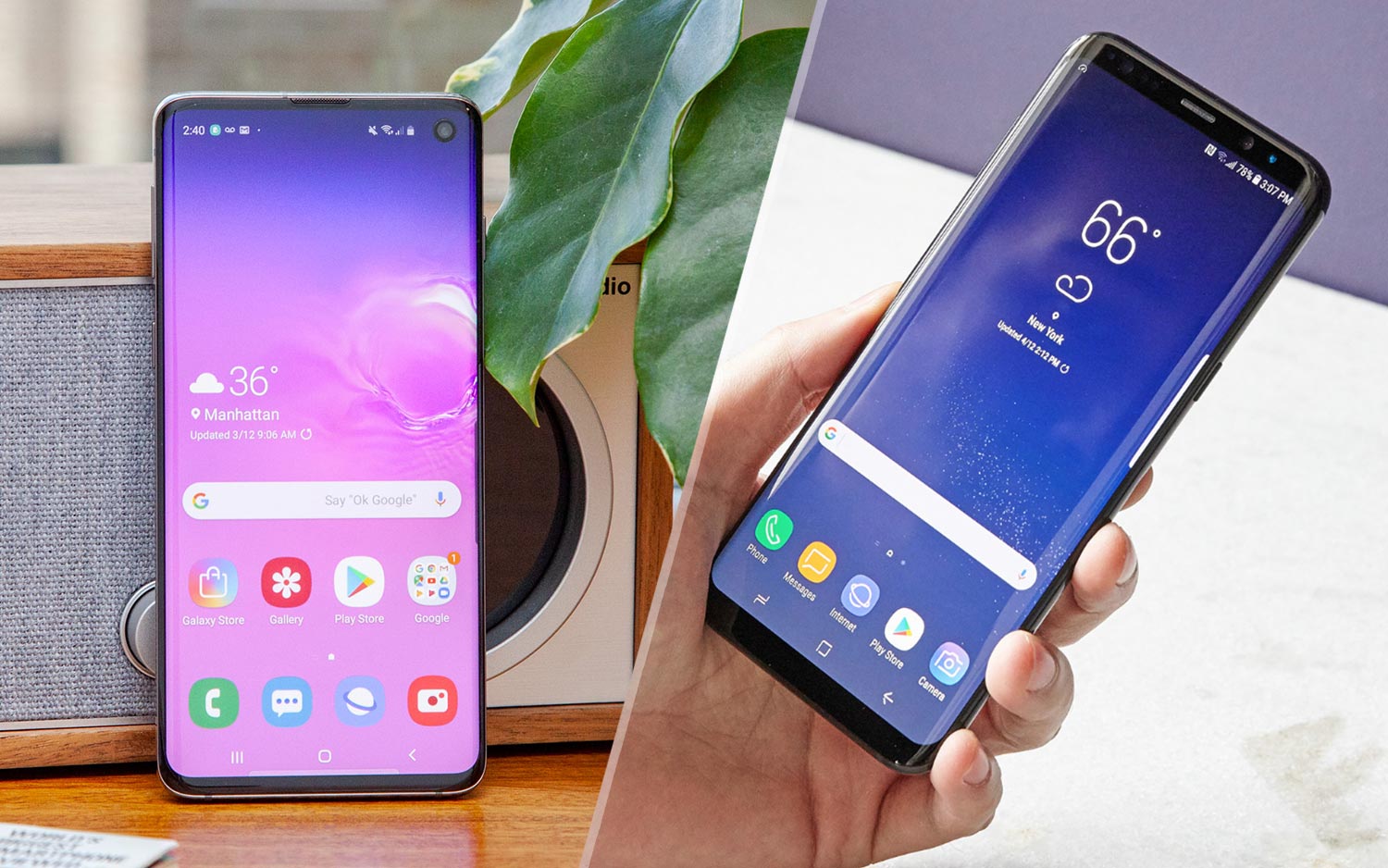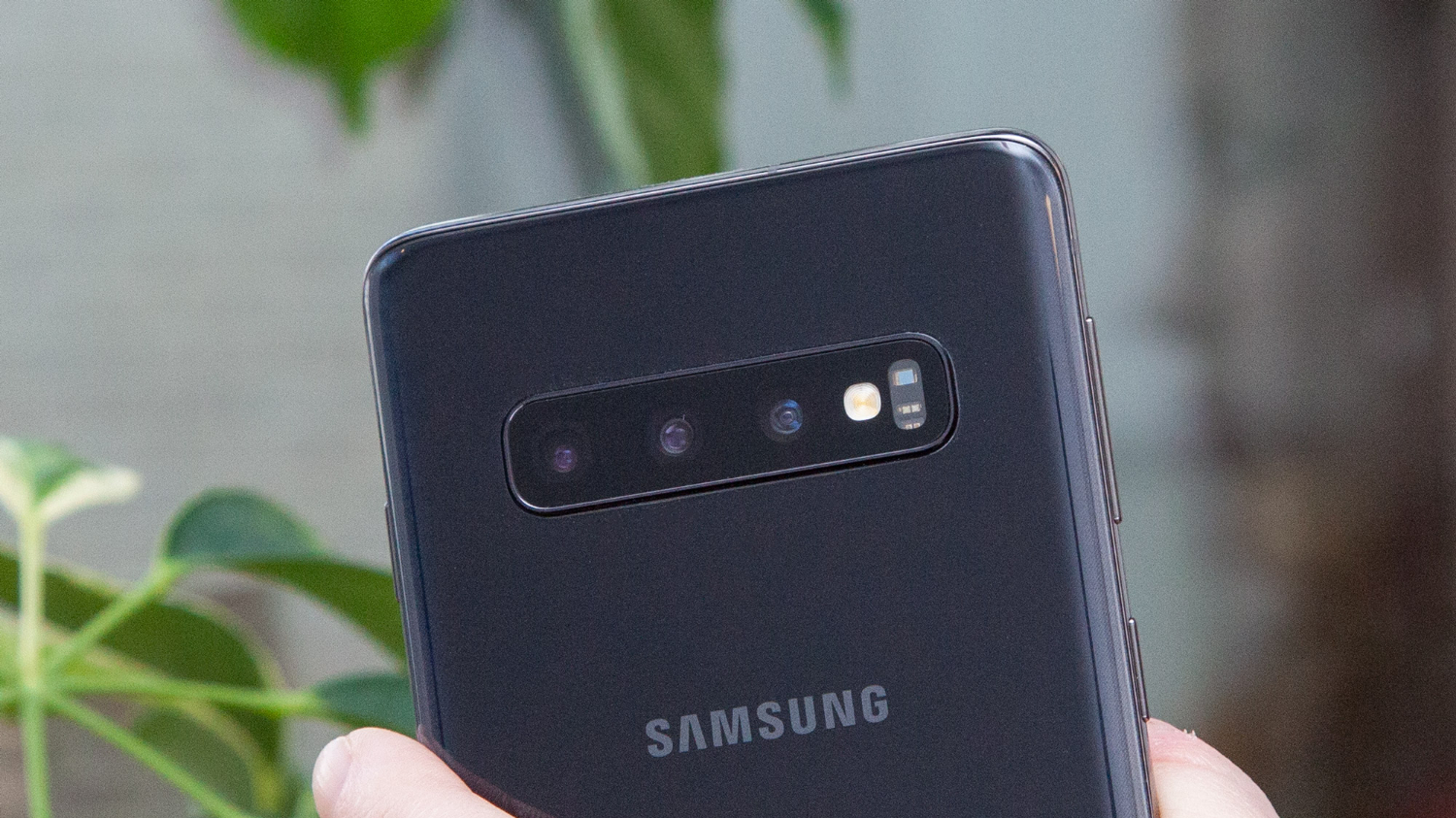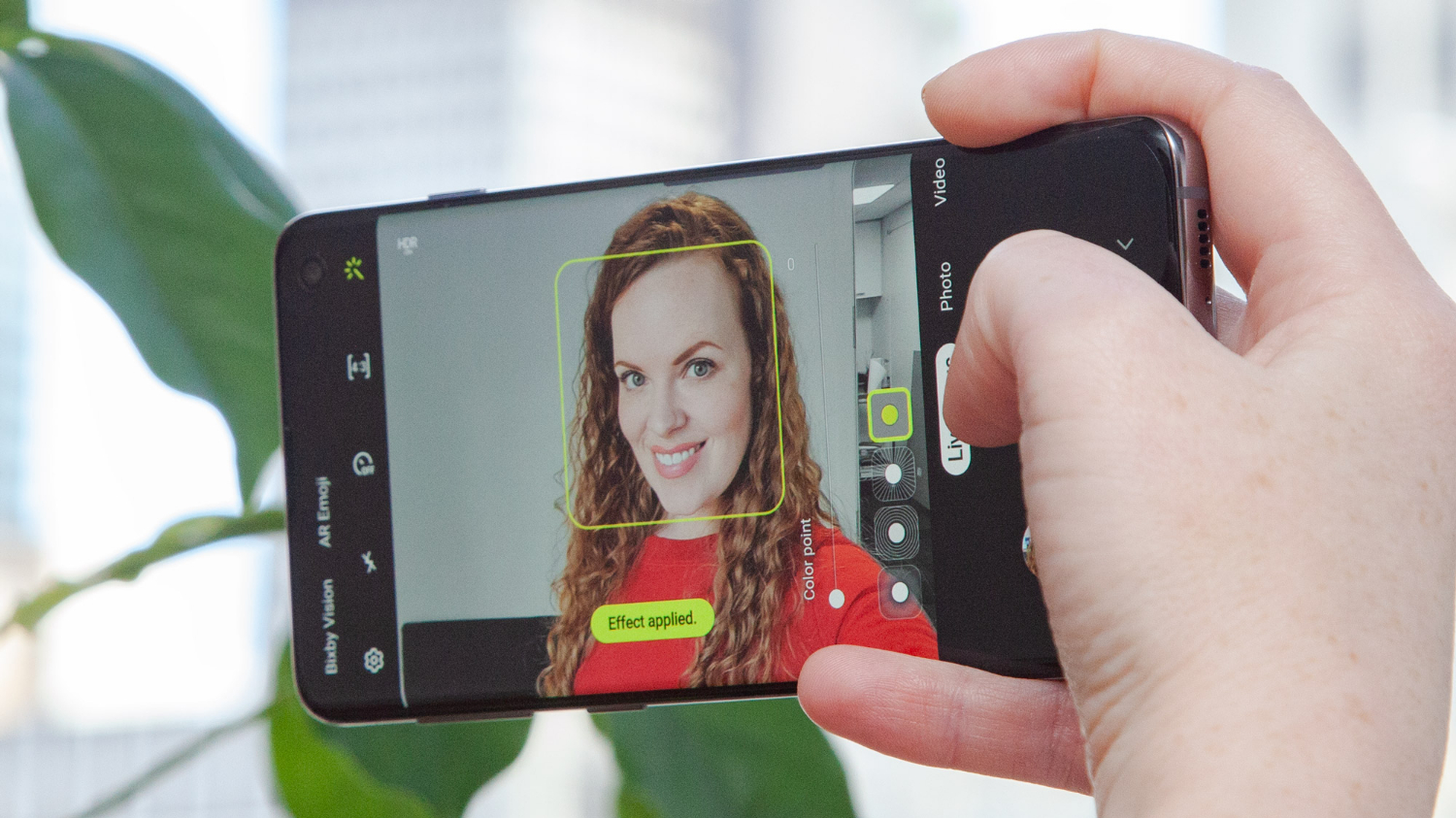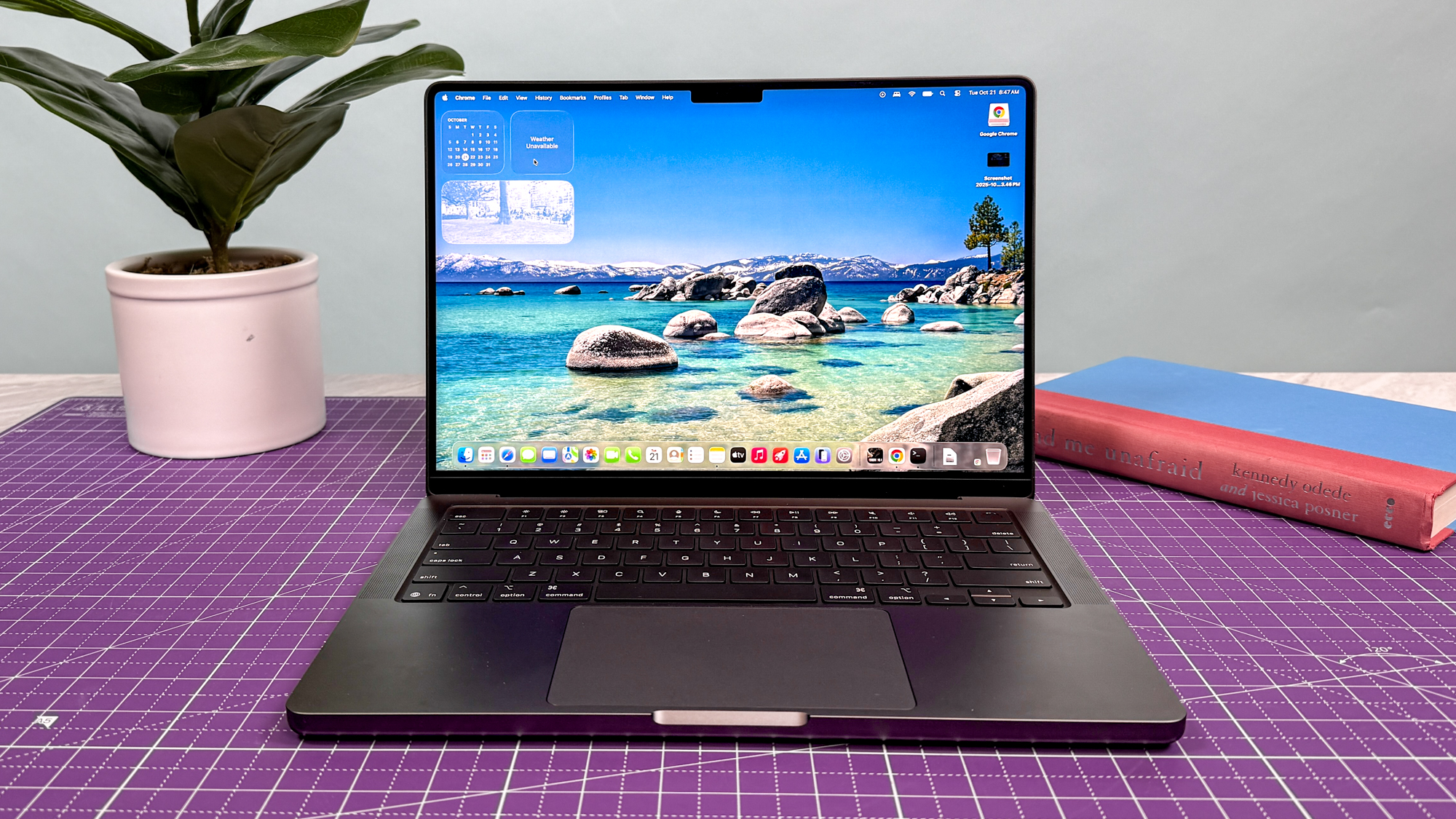Galaxy S10 vs. Galaxy S8 Camera Shootout: Is It Worth the Upgrade?
Of course the Galaxy S10 offers a better camera, but how much better? The difference isn't as stark as you'd think.
The Galaxy S10 marks the biggest upgrade for Samsung's flagship handsets since 2017's Galaxy S8. And much like the S10 now, the S8 was one of the finest smartphone cameras of its day, demonstrating particularly strong performance in challenging backlit and low-light scenarios.

So, it stands to reason that there are quite a few S8 owners out there who are eyeing an upgrade to the S10 and are perhaps curious as to how much better the newer phone's rear triple-lens camera really is. To answer that question, we've put together a range of photo comparisons illustrating how far Samsung's photography tech has come in the last two years. This should help you decide whether to take that plunge and upgrade to the S10.
Comparing the specs
The most obvious difference between the Galaxy S10 and S8, in terms of photography, comes in the number of cameras on the back of the phone. The S10 has three of them: a primary, dual-pixel, 12-megapixel sensor that can also change its aperture on the fly between f/1.5 and f/2.4; a 12-MP telephoto lens that enables 2x optical zoom; and a 16-MP wide-angle lens, which is a first for the Galaxy S line.

The S8, on the other hand, has only one camera on the back. This shooter is also a 12-MP sensor of the dual-pixel variety, though it lacks the variable-aperture mechanism introduced in last year's Galaxy S9, meaning it's constrained to f/1.7 at all times.

On the front of the S8, there's an 8-MP camera for selfies, while the S10 has a 10-MP sensor, inset within the phone's display, hole-punch style. (For even more selfie cams, consider the Galaxy S10 Plus, which adds a second 8-MP, depth-sensing shooter for more-precise bokeh effects when taking self-portraits.)
Times Square
The Galaxy S8 keeps good pace with the S10 through this first comparison. There's a lot of information here, but if you look closely, you can see little areas where the S10 edges out the older phone. The shadows don't obscure quite as much detail, there's a bit more color in the buildings the farther back you go, and the sky is a brighter, fuller shade of blue with more visible clouds.
Still, the differences in this first side-by-side comparison aren't so obvious that the S10 really proves its worth. In picturesque conditions like these, the latest Galaxy handset isn't that much more capable than Samsung's two-year-old phone.
Get instant access to breaking news, the hottest reviews, great deals and helpful tips.
Street Signs
The S10's strengths become more apparent once we throw 2x zoom into the mix. One of the S10's three cameras is a telephoto lens, which means it carves a really narrow field of view, pulls the background in and is perfect for optical zoom. The S8 has only a single lens, so it's stuck with good, old-fashioned digital zoom.
Because of that telephoto, the S10 can pull off 2x zoomed shots that are far more crisp and colorful than the S8's could ever be. The text on the street signs is sharper through the S10's lens, the silver of the post is brighter, and there's far less noise in some of the darker areas on the yellow traffic lights and walk signs.
Portrait
With the S10's multiple lenses, it can also pull off tricks that are best done with stereoscopic lenses, like portraits with bokeh background blur. Some phones, like Google's Pixel 3, accomplish this convincingly through software alone. However, the S8 doesn't have any feature of the sort.
As a result, on your S8, you're not going to get those dramatic, shallow-depth-of-field shots that the S10 pulls off so well. But even besides the blur component, the S10 just manages an all-around better portrait of my colleague Caitlin here, with lighting that's more even and contrast that isn't quite so extreme.
Entrance
Samsung's greatest strides have been made in low light, which the S10 demonstrates with this impressive shot taken inside the entrance to the Tom's Guide office.
Theater
This shot proved to be the most challenging of the bunch, between the dark corners of the theater's facade, the warmth from the bulbs and the intense light from the sky radiating out of the top right of the frame.
These difficult conditions manifested themselves in noticeable lens flare that plagued both phones' images. However, the effect isn't quite as diffused on the S10, allowing the left-hand side of the photo to be rendered in stark clarity. The textured pattern of the ceiling, the red brick of the theater's outside wall and even the poster near the center are all much more discernible on the newer phone's shot. Conversely, the S8 smooths out these details and fails to retain any color in the sky.
Bottom Line
In case there was any doubt, the Galaxy S10 is an overall better camera than the Galaxy S8 — but then, you would assume a newer phone would outperform a predecessor from two years before it.

What are more interesting are the particular ways in which the S10 beats its ancestor. In perfect lighting and situations where you wouldn't use 2x optical zoom, portrait effects or anything of the sort, the S10 doesn't offer a massive advantage. In fact, we were impressed by how well the older phone has held up after all this time, especially in the Times Square photo shoot.
MORE: Samsung Galaxy S10 Review: This One's Just Right
On the flip side, when conditions are less than ideal, the S10 truly shines, thanks to a combination of improved optics and advancements in computational photography.
Ultimately, we wouldn't recommend upgrading to the S10 on the basis of its camera alone; other factors like performance and battery life should enter into your decision. That said, if you're an S8 owner on the fence about upgrading and you consider yourself something of a shutterbug, Samsung's latest flagship certainly won't disappoint you during those tougher photo-ops.
Credit: Tom's Guide
Adam Ismail is a staff writer at Jalopnik and previously worked on Tom's Guide covering smartphones, car tech and gaming. His love for all things mobile began with the original Motorola Droid; since then he’s owned a variety of Android and iOS-powered handsets, refusing to stay loyal to one platform. His work has also appeared on Digital Trends and GTPlanet. When he’s not fiddling with the latest devices, he’s at an indie pop show, recording a podcast or playing Sega Dreamcast.
